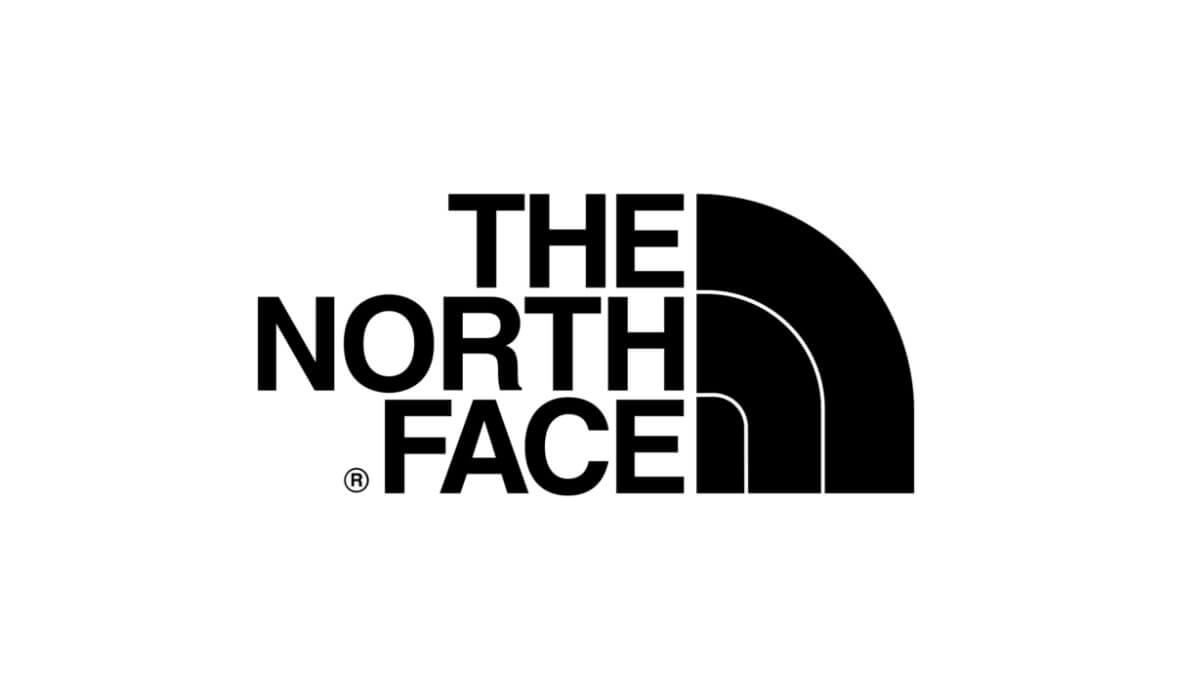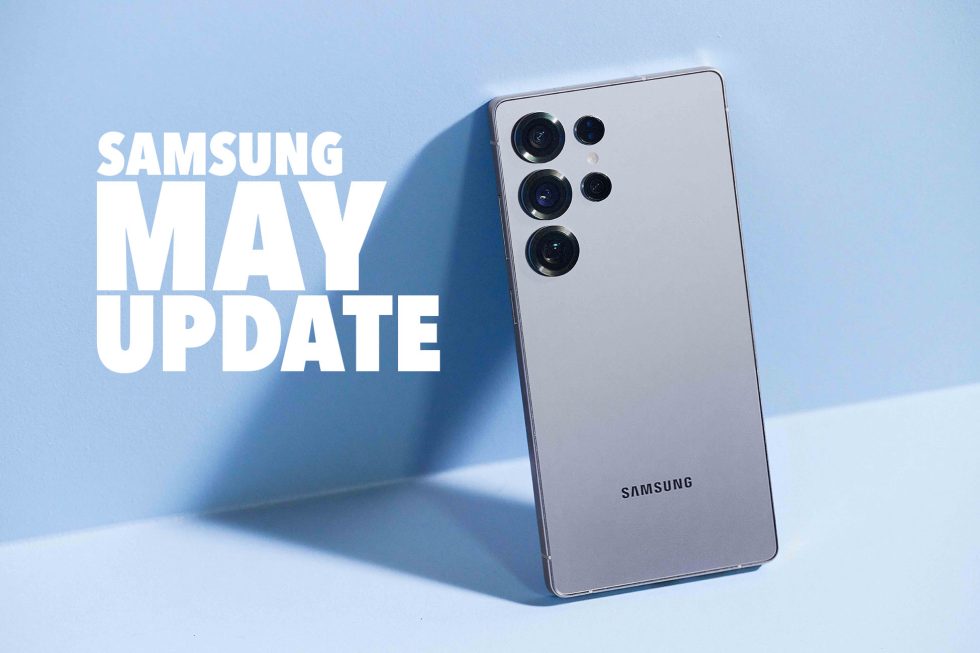Fed up with the job market, some white-collar workers are pivoting to blue-collar work
Kelly Krasner was always interested in healthcare, but losing both parents to cancer when she was 24 reinforced what she thought would be a lifelong calling. After spending 13 years helping hospitals integrate more cancer screening and diagnosis technologies as a radiology sales and marketing director, Krasner spent six more working at various healthcare technology startups. When her company downsized and she lost her job in 2023, however, Krasner said it felt nearly impossible to get back into the industry. “I was applying and applying, and unfortunately—perhaps because of my age, my status, or people thinking I had to have a high title or a high income—I just wasn’t getting the roles,” she says. “I was okay with less money. I wasn’t really interested in the title. I was just interested in making a difference.” After nearly a year searching for a role in the industry in which she had spent almost two decades, Krasner, who had juggled small side ventures throughout her career, decided to try something completely different. “I had been thinking about [launching a] mowing company for a while. I just never really thought it would be something I would do,” says Krasner, who founded SeaWeeds Mow Co. in her coastal community near Wilmington, North Carolina, in early 2024. “We offer affordable lawn care, painting, and interior care, and always give back to our community. We adopt sea turtles that have been rescued from injury or illness and help the sea turtle hospital take care of them.” Though the new business doesn’t pay nearly as much as her previous roles, Krasner says it’s proven more gratifying in other ways. “I really love being outside. I love growing it with my family; the people I’ve met have just been incredible,” she says. “It’s probably the most rewarding thing I’ve done.” Why blue-collar roles are booming A four-year degree and desk job was long considered the most direct path to stable employment with strong career and wage-growth potential. But recent shifts in the U.S. workforce are causing some people, like Krasner, to question whether that remains true. In fact, surveys have found interest in blue-collar work is growing, especially among young Americans, thanks to strong demand for talent and the skyrocketing cost of a four-year degree. As job opportunities, career mobility, and wage-growth opportunities slow among knowledge worker roles, other sectors—especially those that were hardest hit during the pandemic, like hospitality, food services, and healthcare—are experiencing historic staffing shortages, causing many to offer more aggressive salary increases. According to a 2024 report by McKinsey Global Institute, advanced economies like the United States have been facing the tightest labor market in nearly two decades, but historically high staffing shortages have persisted in certain key sectors. “It was much more the physical and manual type of work that had shown increases in vacancies,” says McKinsey Global Institute Partner Anu Madgavkar, who coauthored the report. Some of the sectors facing the largest staffing gaps, according to Madgavkar, include construction, manufacturing, leisure and hospitality, and hands-on healthcare roles like home health aides. One of the driving forces behind the shortage is America’s aging population, which is increasing the demand for (and reducing the supply of) workers in physically demanding roles. “Older people spend a lot more on healthcare services, on housing and utilities—especially in the U.S., where a large percentage actually own their homes, and many take on home improvements [in retirement]—and they need those physical skills,” Madgavkar says. “On the supply side of the story, you have fewer younger able-bodied people, and younger people also have higher rates of college enrollment, as more aspire to be in white-collar jobs than their parents.” The white-collar recession The growing demand for workers in physically intensive professions has coincided with a recent stagnation in job opportunities in the knowledge economy. Economic uncertainty, AI fears, and a deterioration in the pay premium that previously came with switching jobs has inspired more Americans to hang onto their jobs for longer, especially in knowledge economy roles, in what is sometimes referred to as the “Big Stay.” Analyst and author Josh Bersin instead labels it a “white-collar recession.” “Most of the white-collar workers I talk to are sticking with their jobs because they’re afraid of leaving,” he says. “And then when I talk to employers, there’s this massive, almost unanimous trend towards finding AI tools that can reduce the number of people they need to hire.” Bersin points to numerous studies that show that job growth opportunities for those with a four-year degree are stalling, while IT spending—especially on generative AI tools—is increasing. “I think a lot of the slowdown in hiring is just budget shifting tow

Kelly Krasner was always interested in healthcare, but losing both parents to cancer when she was 24 reinforced what she thought would be a lifelong calling.
After spending 13 years helping hospitals integrate more cancer screening and diagnosis technologies as a radiology sales and marketing director, Krasner spent six more working at various healthcare technology startups. When her company downsized and she lost her job in 2023, however, Krasner said it felt nearly impossible to get back into the industry.
“I was applying and applying, and unfortunately—perhaps because of my age, my status, or people thinking I had to have a high title or a high income—I just wasn’t getting the roles,” she says. “I was okay with less money. I wasn’t really interested in the title. I was just interested in making a difference.”
After nearly a year searching for a role in the industry in which she had spent almost two decades, Krasner, who had juggled small side ventures throughout her career, decided to try something completely different.
“I had been thinking about [launching a] mowing company for a while. I just never really thought it would be something I would do,” says Krasner, who founded SeaWeeds Mow Co. in her coastal community near Wilmington, North Carolina, in early 2024. “We offer affordable lawn care, painting, and interior care, and always give back to our community. We adopt sea turtles that have been rescued from injury or illness and help the sea turtle hospital take care of them.”
Though the new business doesn’t pay nearly as much as her previous roles, Krasner says it’s proven more gratifying in other ways. “I really love being outside. I love growing it with my family; the people I’ve met have just been incredible,” she says. “It’s probably the most rewarding thing I’ve done.”
Why blue-collar roles are booming
A four-year degree and desk job was long considered the most direct path to stable employment with strong career and wage-growth potential. But recent shifts in the U.S. workforce are causing some people, like Krasner, to question whether that remains true. In fact, surveys have found interest in blue-collar work is growing, especially among young Americans, thanks to strong demand for talent and the skyrocketing cost of a four-year degree.
As job opportunities, career mobility, and wage-growth opportunities slow among knowledge worker roles, other sectors—especially those that were hardest hit during the pandemic, like hospitality, food services, and healthcare—are experiencing historic staffing shortages, causing many to offer more aggressive salary increases.
According to a 2024 report by McKinsey Global Institute, advanced economies like the United States have been facing the tightest labor market in nearly two decades, but historically high staffing shortages have persisted in certain key sectors.
“It was much more the physical and manual type of work that had shown increases in vacancies,” says McKinsey Global Institute Partner Anu Madgavkar, who coauthored the report. Some of the sectors facing the largest staffing gaps, according to Madgavkar, include construction, manufacturing, leisure and hospitality, and hands-on healthcare roles like home health aides.
One of the driving forces behind the shortage is America’s aging population, which is increasing the demand for (and reducing the supply of) workers in physically demanding roles.
“Older people spend a lot more on healthcare services, on housing and utilities—especially in the U.S., where a large percentage actually own their homes, and many take on home improvements [in retirement]—and they need those physical skills,” Madgavkar says. “On the supply side of the story, you have fewer younger able-bodied people, and younger people also have higher rates of college enrollment, as more aspire to be in white-collar jobs than their parents.”
The white-collar recession
The growing demand for workers in physically intensive professions has coincided with a recent stagnation in job opportunities in the knowledge economy.
Economic uncertainty, AI fears, and a deterioration in the pay premium that previously came with switching jobs has inspired more Americans to hang onto their jobs for longer, especially in knowledge economy roles, in what is sometimes referred to as the “Big Stay.” Analyst and author Josh Bersin instead labels it a “white-collar recession.”
“Most of the white-collar workers I talk to are sticking with their jobs because they’re afraid of leaving,” he says. “And then when I talk to employers, there’s this massive, almost unanimous trend towards finding AI tools that can reduce the number of people they need to hire.”
Bersin points to numerous studies that show that job growth opportunities for those with a four-year degree are stalling, while IT spending—especially on generative AI tools—is increasing.
“I think a lot of the slowdown in hiring is just budget shifting towards automation,” he says. “Not necessarily replacing every job . . . but instead of hiring three more people, we should hire two more people, or one more person—and invest in this new tool.”
Whether the technology is truly capable of replacing knowledge workers at this early stage is still up for debate, but Bersin says vendors are advertising their AI solutions as productivity enhancements, inspiring some employers to adjust their payroll budgets accordingly.
In contrast, he says, “you look at nurses, you look at truck drivers, you look at blue-collar workers, you look at restaurant workers, you look at hospitality workers—there’s not enough of them,” he says.
While technology is still displacing workers in manufacturing, construction, and other labor-intensive industries, Bersin says technology-driven workforce reductions in those sectors likely peaked years ago.
“That hasn’t happened in white-collar work yet, so we’re in the painful stage of companies figuring out what this is going to look like, and that hurts when you’re the one in the job that they don’t need anymore,” he adds. “We’ve sort of flipped the narrative in the job market; the people that are the most nervous are the people that are more educated and more administrative in their roles, and the operational people—the hands-on jobs, the more hourly work—are the ones that are [in demand].”
Does it really pay to switch collars?
While increases to hourly earnings for more educated workers have remained relatively flat since the pandemic, those in more manual roles have experienced historic growth, according to a recent study by the Economic Policy Institute. That’s especially true among workers at the lowest end of the wage spectrum, Black workers and less educated workers.
According to the study, hourly wages for the bottom 10% of earners grew 15.3% between 2019 and 2024, after that same cohort saw their wages shrink by 2.1% in the five years between 2007 and 2012.
By comparison, workers at the highest end of the salary spectrum saw a more modest 6.8% pay bump between 2019 and 2024, while those in 50th to 80th percentiles saw their earnings grow less than 5%, once adjusted for inflation.
“Wage growth for workers with lower levels of educational attainment has actually been much faster over the most recent period than it has for much of the prior 40 years,” says Economic Policy Institute senior economist Elise Gould, who coauthored the report. “The wage growth for somebody with a bachelor’s degree or more, that’s been pretty consistently solid for a long time. It’s just most recently been eclipsed.”
While wages are rising faster among less educated workers, Gould emphasizes that there is still a significant pay gap between those with and without a four-year degree. Those without the credential earn an average of roughly $20 per hour, while those with a bachelor’s degree or higher average $37 per hour.
Since 2019, both groups have seen average hourly wages increase by roughly an inflation-adjusted $1 per hour; however, that dollar represents a much more significant percentage increase for those earning less.
“That slower wage growth [among higher earners] could have also been because there were some other benefits white-collar workers were able to negotiate in lieu of faster wage growth, like working from home,” Gould says.
Not just a paycheck
Workers with less educational attainment and in more manual roles may be experiencing greater demand, more career stability, and faster wage growth, but the data suggests knowledge workers are still commanding significantly higher salaries.
At the same time, career instability, AI anxiety, and relatively stagnant wages have made knowledge work more precarious than it has been in generations, leading some—like Krasner—to seek more stable and potentially fulfilling opportunities doing more manual work.
“It’s not as much of a fight for my life against AI out there in the field,” she says. “While it can mow lawns, believe it or not, it’s not something I’m afraid to lose my job to at this point.”
Though her career pivot has required some lifestyle adjustments, Krasner says the transition has also inspired a different outlook on work and the role it plays in her life.
“Once you get back to being human again and feeling the sunshine and the fresh air and being tired at night from doing something that actually matters, it really does change your perspective,” she says. “It’s not easy—this [is] a major financial change for me . . . but when I am done at the end of the day, I’ve never been happier.”




























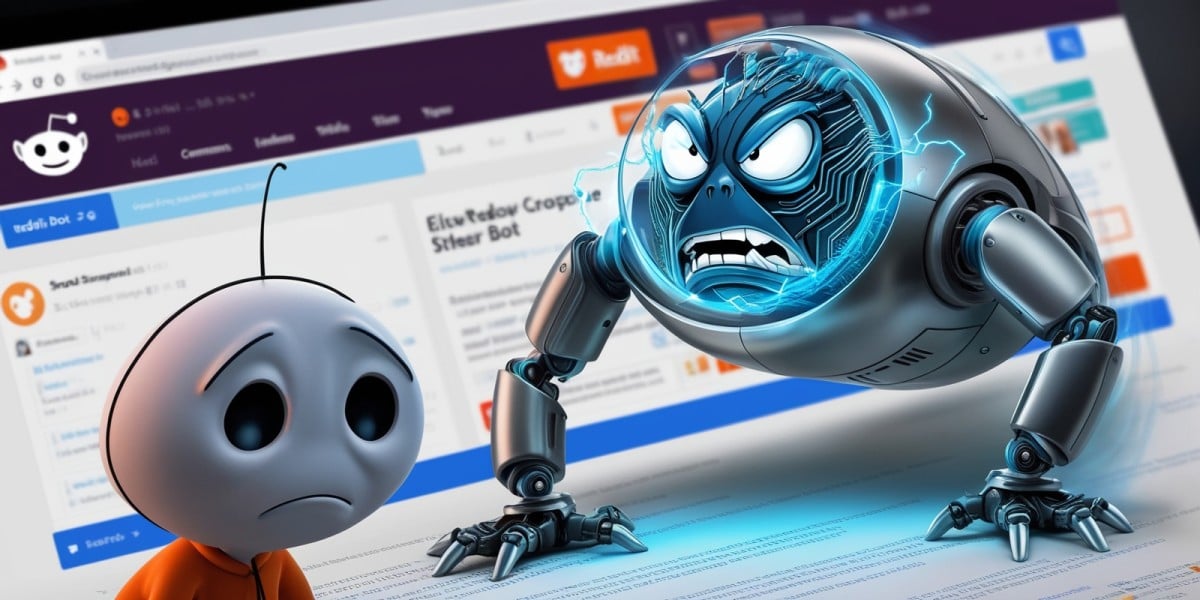







































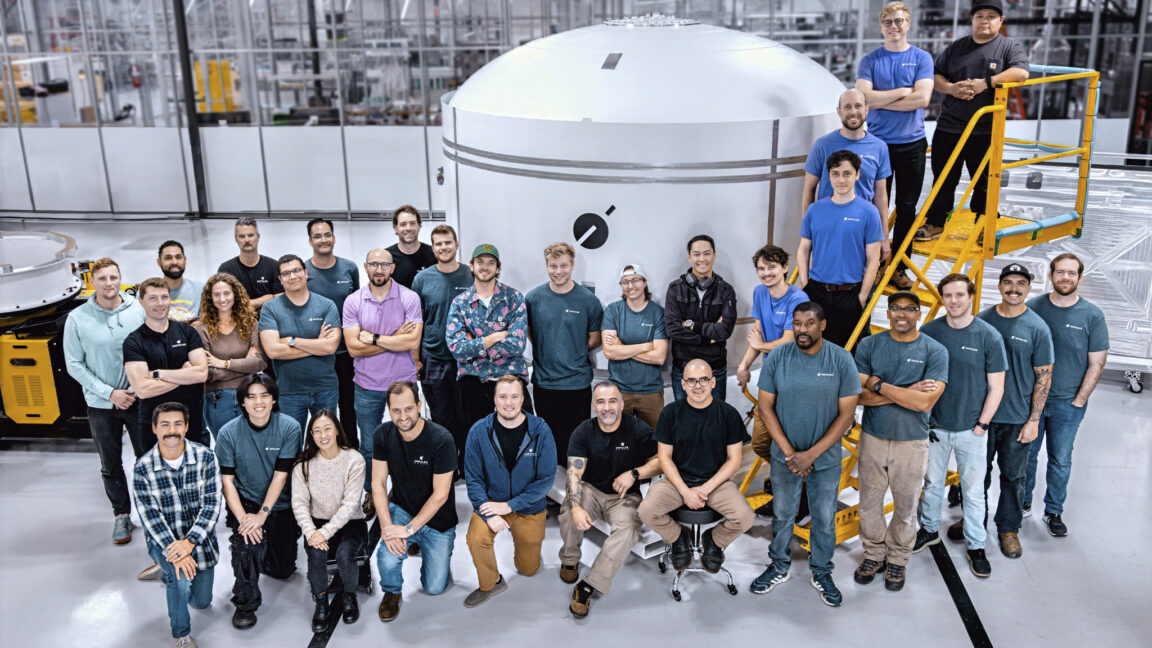
















































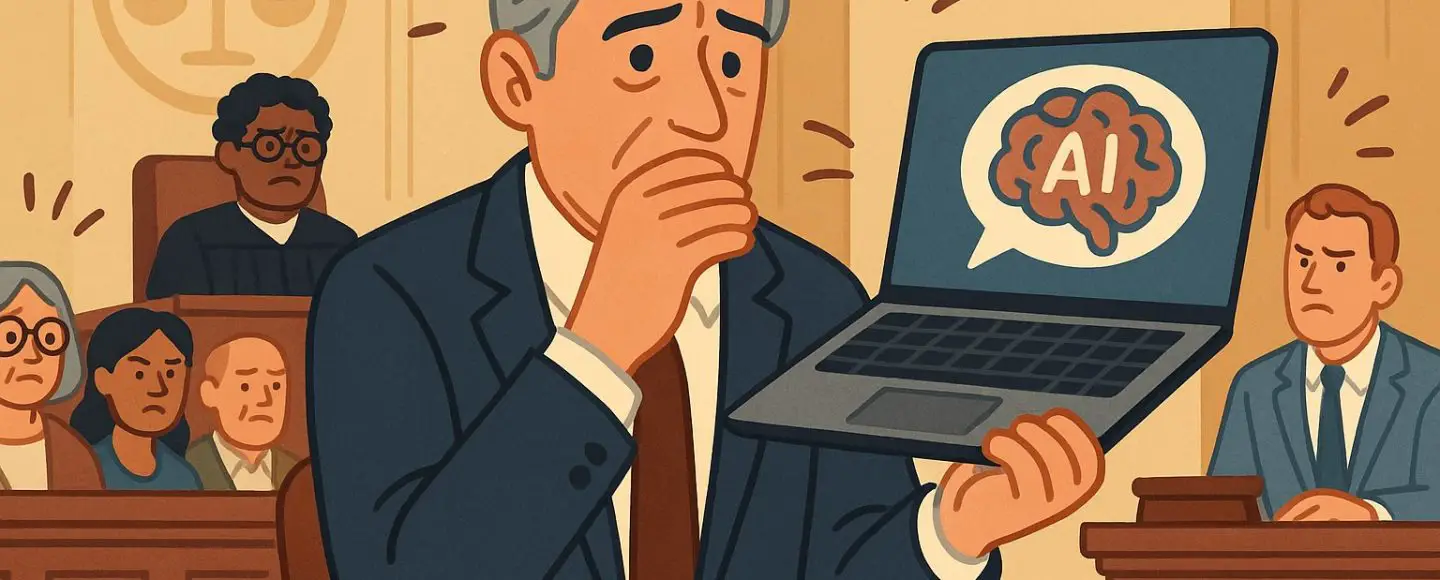

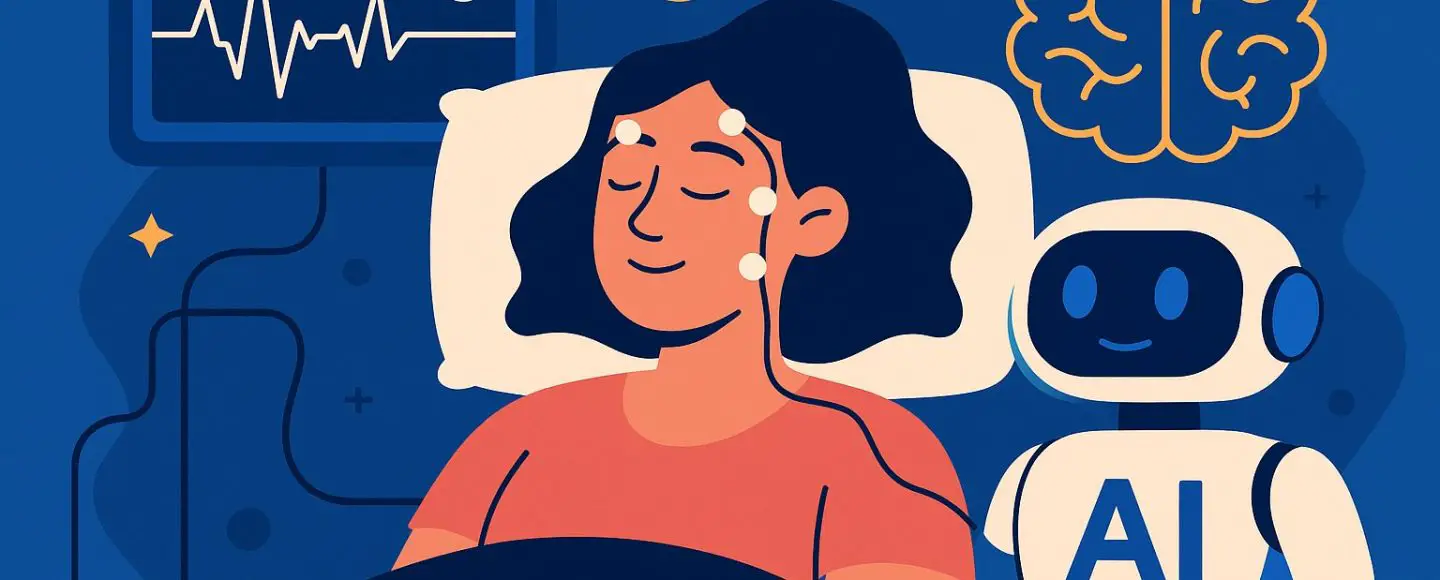























































![[The AI Show Episode 151]: Anthropic CEO: AI Will Destroy 50% of Entry-Level Jobs, Veo 3’s Scary Lifelike Videos, Meta Aims to Fully Automate Ads & Perplexity’s Burning Cash](https://www.marketingaiinstitute.com/hubfs/ep%20151%20cover.png)


































































































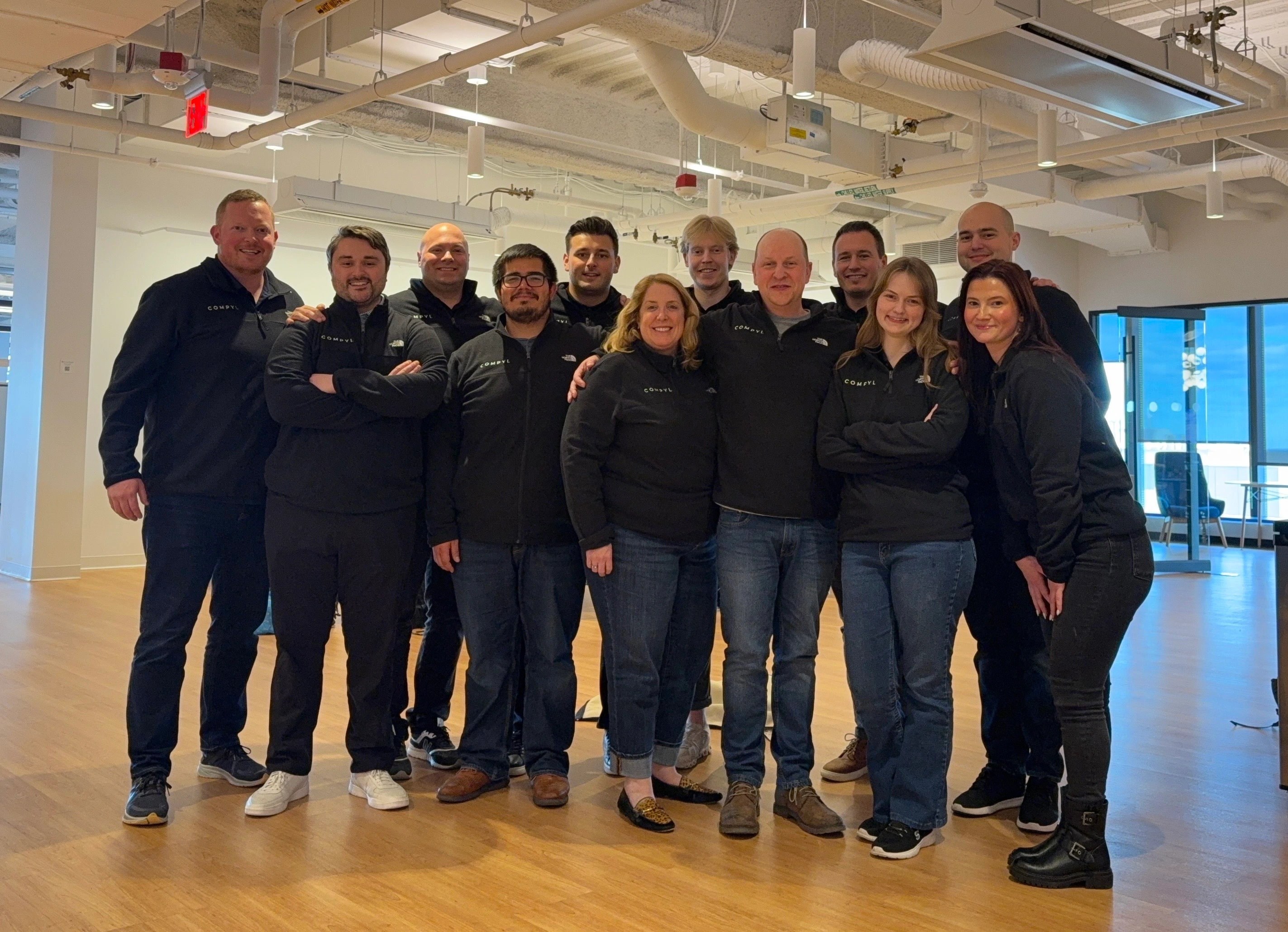




































































































































































_Andrea_Danti_Alamy.jpg?width=1280&auto=webp&quality=80&disable=upscale#)











































































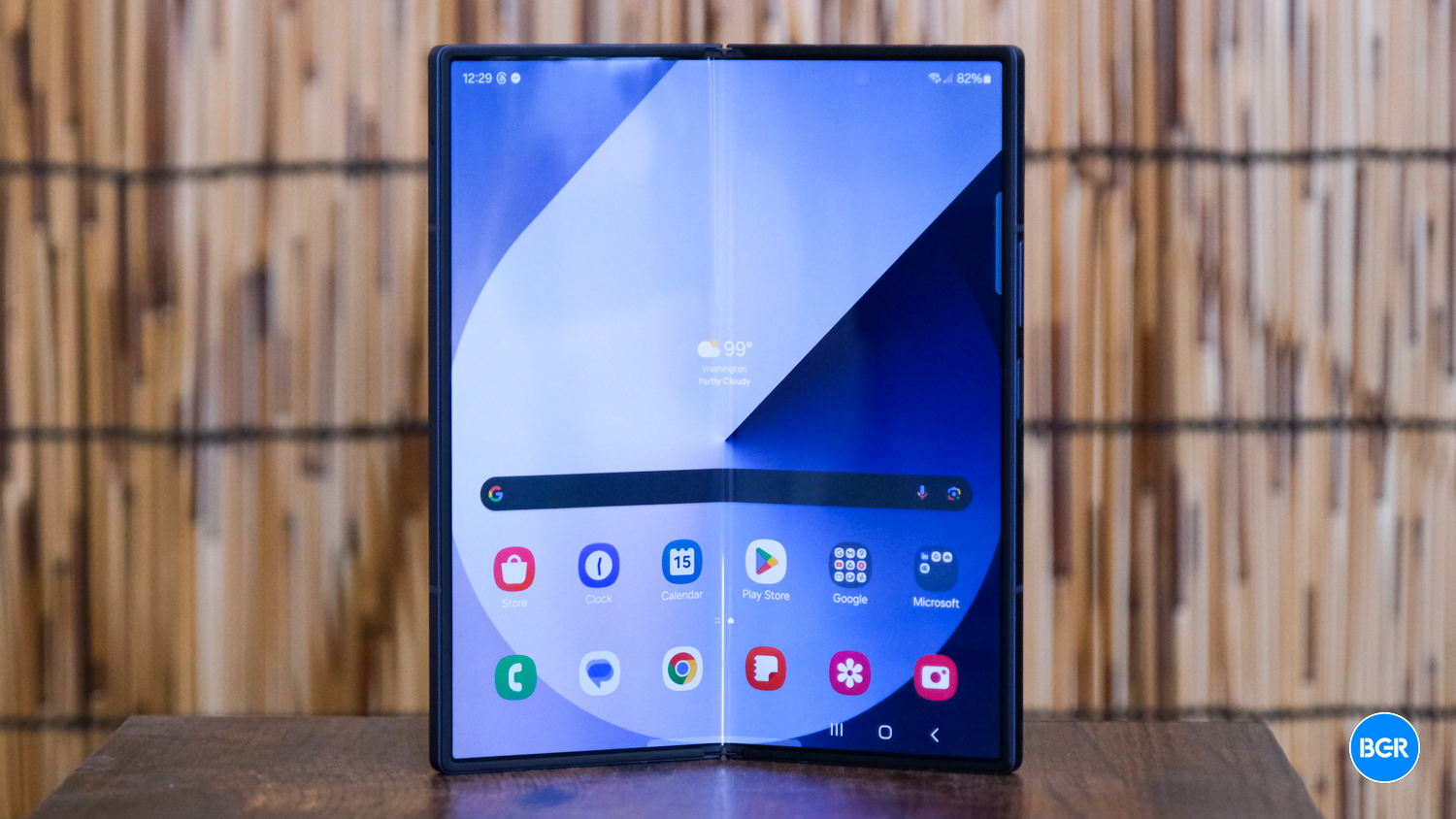



































![Apple AI Launch in China Delayed Amid Approval Roadblocks and Trade Tensions [Report]](https://www.iclarified.com/images/news/97500/97500/97500-640.jpg)




